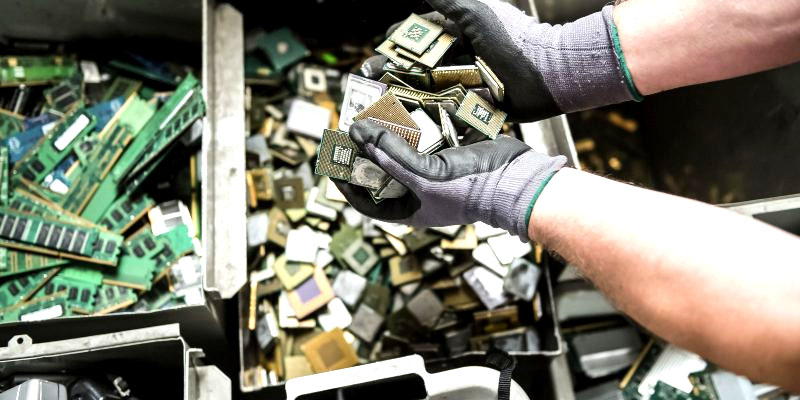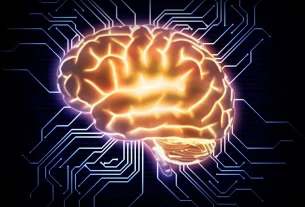In today’s hyper-connected world, technological advancements have brought about remarkable changes in our lives, enhancing communication, convenience, and productivity. However, this rapid pace of innovation has also led to a significant challenge: the proliferation of electronic waste, or e-waste. E-waste refers to discarded electronic devices and equipment, ranging from smartphones and laptops to televisions and refrigerators, which contain a complex mix of materials that can be harmful to the environment and human health if not managed properly.
The management of e-waste has become a pressing issue due to its potential ecological and societal impact. Here’s an exploration of the challenges posed by e-waste and the strategies for its effective management:
Challenges of E-Waste:
- Toxic Components: Electronic devices often contain hazardous substances like lead, mercury, cadmium, and brominated flame retardants. When improperly disposed of or processed, these chemicals can leach into soil and water, posing risks to both the environment and human health.
- Resource Depletion: Electronics contain valuable resources such as precious metals and rare earth elements. Inefficient e-waste disposal leads to the loss of these valuable materials, contributing to resource scarcity and the need for environmentally harmful mining practices.
- Informal Recycling: In many parts of the world, e-waste is managed through informal recycling methods, often in unsafe conditions. This exposes workers to health hazards while causing further environmental degradation.
Strategies for E-Waste Management:
- Reduce and Reuse: Manufacturers can design products with longer lifespans and easier repairability. Consumers can play a role by extending the use of their devices, avoiding unnecessary upgrades, and donating or selling old electronics that still function.
- Recycling: Proper e-waste recycling involves the systematic dismantling and recovery of valuable materials, followed by responsible disposal of hazardous components. Formal recycling facilities with the necessary expertise and equipment are crucial for safe recycling.
- Legislation and Regulation: Governments can enact and enforce regulations that promote responsible e-waste management. This includes setting recycling targets, establishing disposal standards, and incentivizing manufacturers to adopt eco-friendly practices.
- Awareness and Education: Raising public awareness about the environmental and health hazards of improper e-waste disposal can encourage responsible consumer behavior. Education programs can teach individuals how to properly recycle or dispose of their electronic devices.
- Extended Producer Responsibility (EPR): EPR is a policy approach that holds manufacturers accountable for the entire lifecycle of their products, including proper disposal. This encourages companies to design products with recyclability and sustainability in mind.
- Innovation: Research and development in e-waste processing technologies can lead to more efficient and environmentally friendly recycling methods, improving the recovery of valuable materials and minimizing harm.
Conclusion:
E-waste management is an essential component of sustainable development in the digital age. By adopting responsible consumption habits, supporting legislative measures, and embracing innovative solutions, we can mitigate the negative impacts of e-waste on our environment and society. The proper handling of e-waste not only conserves resources and protects human health but also sets the stage for a more resilient and eco-conscious future.
bhalakatha
prayas
mind plugin
#bhalakatha #prayas #MindPlugin





